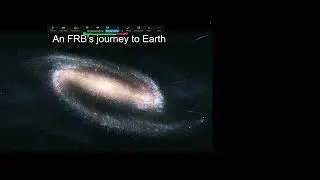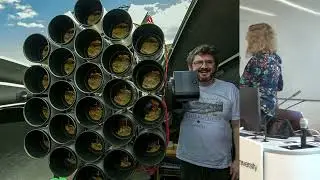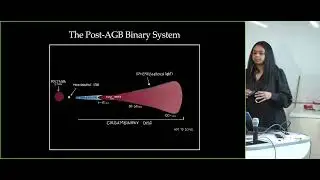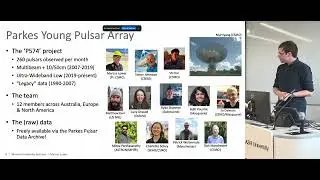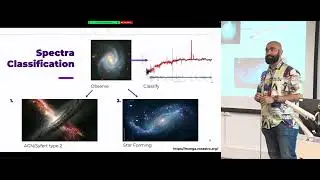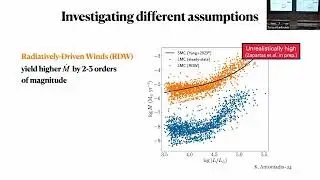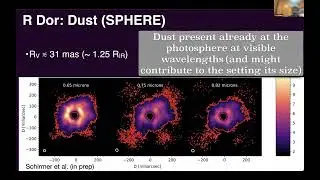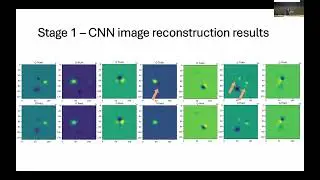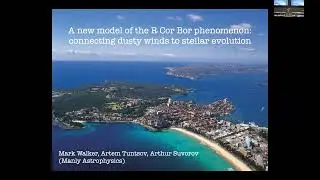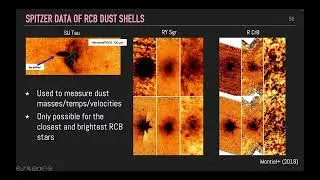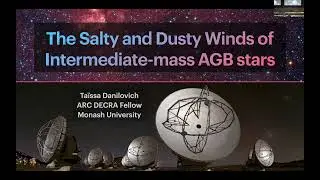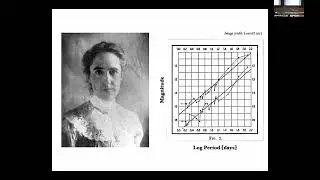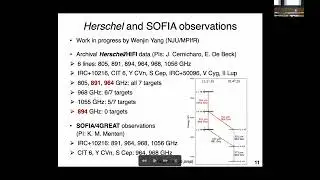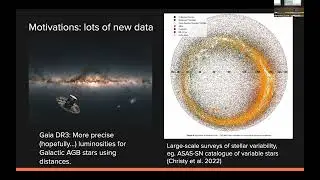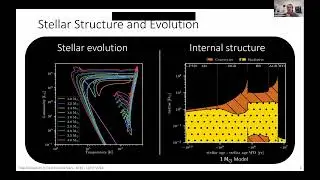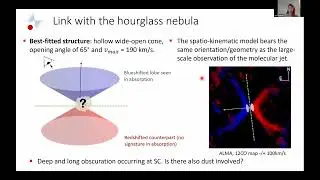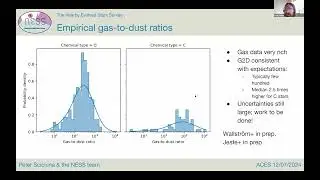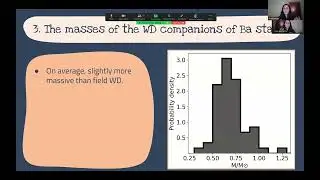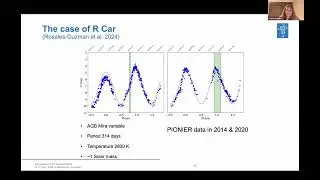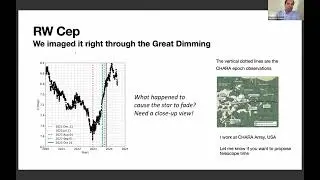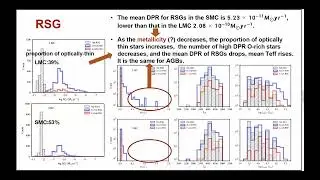ACES The Dust Properties of R Coronae Borealis Variables - Courtney Crawford (University of Sydney)
The R Coronae Borealis (RCB) variables are a rare class of dusty supergiant carbon stars likely formed via the merger of a Carbon/Oxygen white dwarf and a Helium white dwarf. They are known for their irregular declines in brightness of up to 8 magnitudes in the V-band due to dust formation near the surface. However, there are very few recent works studying the dust
production properties of these stars. Armed with a large collection of light curve data from various sources such as AAVSO, ASAS, OGLE, EROS, ATLAS, Gaia, ASAS-SN, and ZTF, we present our study of the decline properties of the full sample of ∼200 RCB stars. We find that the frequency of dust production in RCB stars scales inversely with their surface temperatures. For stars with long enough baseline observations, we show that the waiting time distribution of their declines roughly follows a Poisson distribution. We also measure the downward slopes of the declines, which can inform our interpretation of the dust formation mechanisms. Finally, we show that the potentially related class of DY Persei type variables, while having no clear spectroscopic differences to RCB stars, show clear differences in their dust production properties.


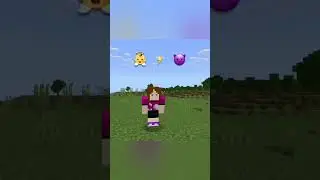




![[4K] Amazing Schlieren Traction Elevator at Sorell Hotel in Zurich, Switzerland](https://images.videosashka.com/watch/pWu47O4tK2o)
